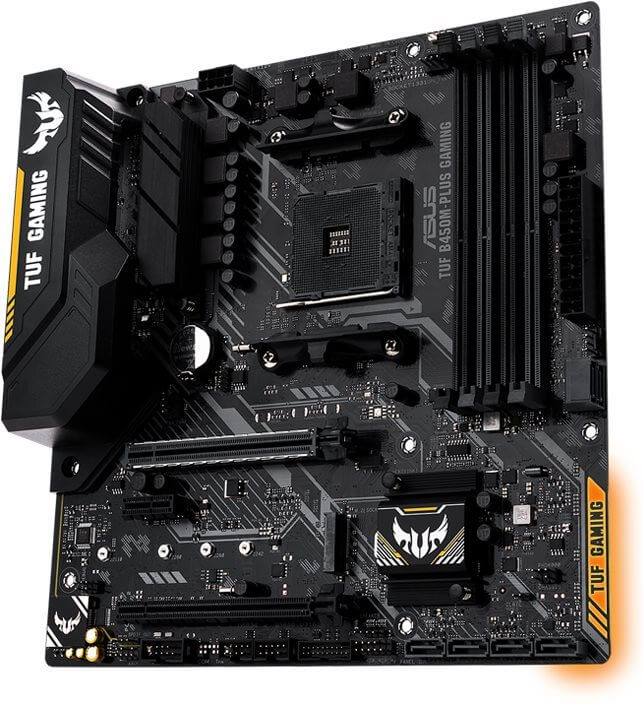Regardless of whether you are looking to purchase an In the year 2022, there will be simple methods for testing motherboards. have your current one checked, there are several simple steps you can take to check for problems. By following these steps, you will be able to pinpoint and fix problems with your motherboard.
Test the motherboard with a multimeter
Using a multimeter to test the motherboard is one of the easiest and quickest ways to diagnose motherboard problems. You can get one for under $50 at your local electronics store or on Amazon. But before you buy one, you should make sure it meets your safety specifications. You should also read the manufacturer’s owner’s manual.
The first step in testing the motherboard with a multimeter is to disconnect the computer’s power supply. This allows the motherboard to drain excess charge.
Secondly, you need to connect the multimeter’s negative lead to the case of the computer. You should also contact the multimeter’s red lead to the GND pins on the motherboard.
After connecting the leads, you should set the multimeter to the lowest Ohms value. You can find this setting in the manual of the multimeter.
Test the motherboard without a CPU
Often referred to as a “Pre-build Bench Test”, motherboard testing is an essential part of building a computer. The purpose of testing is to test the functionality of the components of a PC, and to find out if any of them are malfunctioning.
There are a number of ways to test a motherboard. For example, there are motherboards with built-in speakers, which will emit beeps when the motherboard is not detecting a CPU. This is a good indication that the motherboard is working.
Another way to test a motherboard is through a multimeter. It’s a good idea to check the motherboard’s power switch pins using a precision screwdriver. These are located on the front panel header.
The motherboard’s POST feature is another useful tool that allows you to check on the motherboard’s health. It’s a good idea to do this, especially if the motherboard isn’t working. It may indicate that it’s missing a crucial component, such as RAM.
Test the motherboard outside the case
Using a motherboard test is a great way to diagnose the functioning of your PC. However, you can’t test your motherboard without a CPU. That’s why testing your motherboard outside the case is a great way to save time.
There are many different ways to test your motherboard. One of the easiest ways is using a multimeter. Multimeters are tools that have red and black prongs. They are useful because they can test different components on your motherboard.
Another way to test your motherboard is to use beep codes. These codes will tell you if your motherboard is working or not. However, not every motherboard has beep codes. If you don’t have a beep code, you can check the motherboard manual to find out.
You can also test your motherboard by using a multimeter. Multimeters can be found online. The best way to test your motherboard is to use a reputable brand.
Check if the motherboard is receiving power
Often when the motherboard isn’t receiving power, the computer is unable to boot. There are two main reasons for this: either the motherboard has failed or the power supply isn’t providing enough power to the motherboard. If you can’t boot your computer, you should contact a professional.
The first step is to make sure that the power supply is working. You can check for power output by using a multimeter. You’ll need to set the multimeter to 20V DC and probe 3-5V.
Next, connect the power supply cable to the wall outlet. Make sure that it’s plugged into a surge protector and not the main power source.
If the computer is able to turn on, but not boot, you should check for a short beep or an LED. These are signs that the motherboard is receiving power, but they don’t always mean that the motherboard is working.
Diagnosing a motherboard failure
Using simple methods to diagnose a motherboard failure can be a useful tool to get to the root of the problem. The symptoms of a motherboard failure include a computer that will not turn on, random freezing, and a blue screen of death.
One common problem with motherboards is a failure to pass the POST (Power On Self Test) process. This is a diagnostic test that runs each time the computer is turned on. During the test, the BIOS looks at whether or not peripherals are connected. If the peripherals are connected, the BIOS loads the operating system. If they are not connected, the BIOS will not load the operating system.
Another common problem with motherboards is leaking capacitors. These capacitors may leak due to overheating, aging, or material defects. Depending on the severity of the problem, they may need to be replaced.





